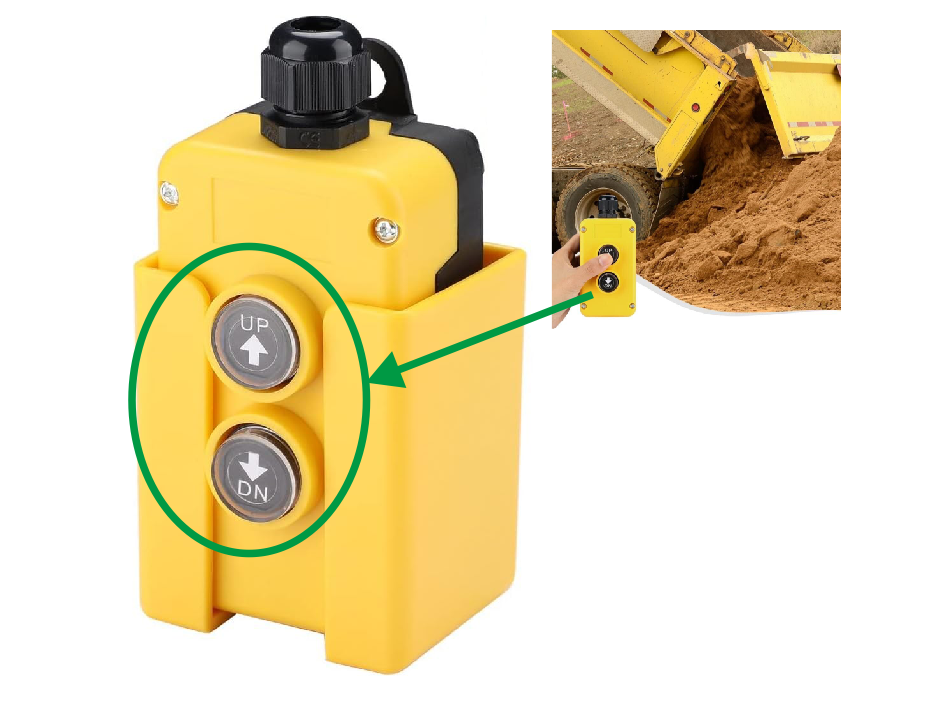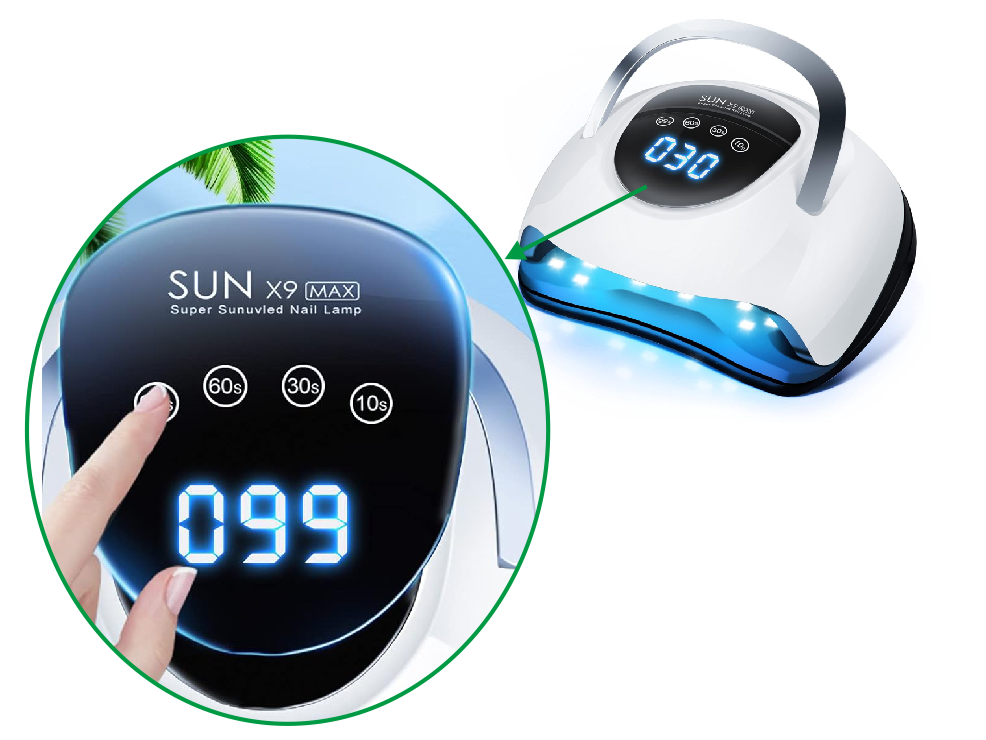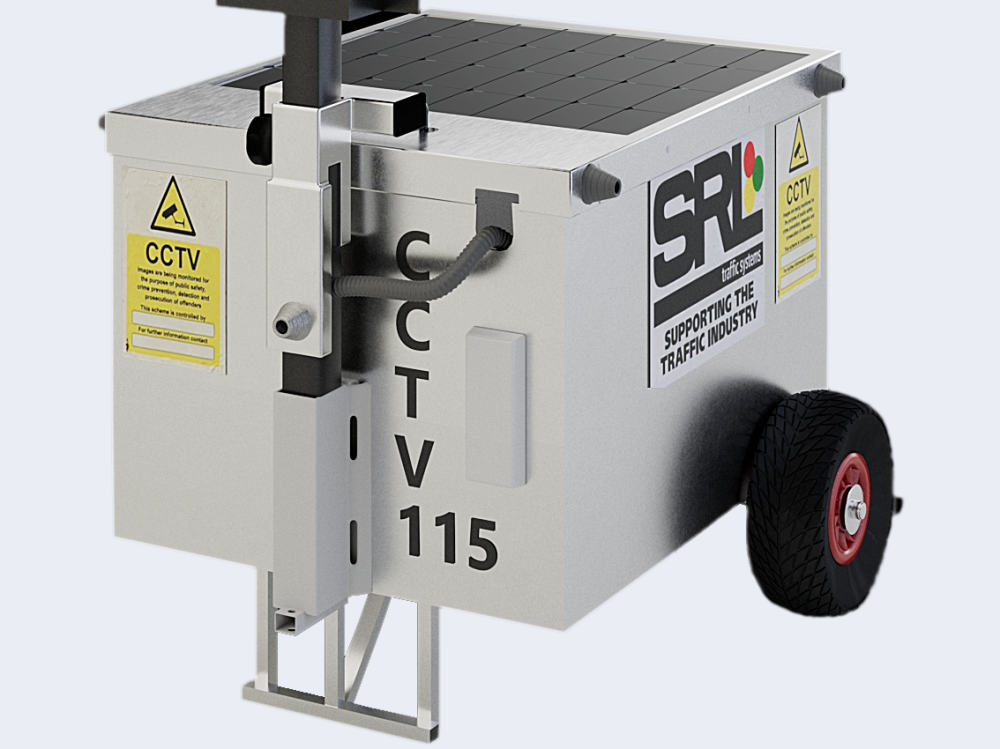Backlit membrane switches are easy to identify and operate in a dark environment. Users can clearly see the position and status of the switch, enhancing the product's appearance to be more stylish and modern. This can increase the visual appeal of the product, improve the convenience of use, and enhance the accuracy of operation. The design flexibility of backlit membrane switches allows for customization according to product design requirements. The backlight design can be integrated into the overall appearance of the product to adapt to the needs of different environments, making them widely used in many products.
The backlighting of membrane switches needs to be considered for the following key factors
Selection of backlight source: To begin with, you should select a suitable backlight source. Common options include LED backlight and EL backlight. LED backlight typically offers advantages such as high brightness, long lifespan, and energy efficiency. On the other hand, EL backlight is known for its thin, soft, and uniform light emission characteristics.
Optical design: A well-thought-out optical design is essential to determine the position, number, layout, and distance of the backlight from the light source to the membrane switch and other parameters. This ensures that the backlight can evenly illuminate the entire membrane switch panel.
Utilization of Light Guide Plates: Consider incorporating a light guide plate (such as a light guide plate or fiber optic) to assist in evenly directing light and enhancing the backlighting effect. Ensure proper placement of the light guide plate or backlight plate. If you require assistance in evenly guiding light and dispersing heat, correctly install these materials on the backlight area of the membrane switch to guarantee a bright backlight effect. The special structural design of the membrane switch allows for uniform distribution of light from the backlight source across its entire surface.
Material selection: Choose the appropriate backlight material based on the design requirements to ensure optimal light transmittance, light conductivity, and stability. Additionally, take into account the durability, processability, and environmental friendliness of the chosen backlight material.
Circuit Design: During the initial stage of the backlighting process, it is essential to plan and design the backlighting to determine the location, shape, and requirements of the backlighting area. Additionally, designing appropriate circuit connections is necessary to ensure that the backlight source functions correctly and achieves the desired backlight effect. Energy efficiency and safety considerations should also be taken into account.
Overall structural design: Design the overall structure of the membrane switch, including the installation of the backlight device, fixing method, and processing technology. Select the appropriate backlight and corresponding materials for encapsulation to protect the backlight from the external environment, ensuring the solidity and consistency of the backlight system and the membrane switch.
Testing and debugging: After integrating the backlighting components with other components of the membrane switch, testing and debugging will be conducted to verify if the backlighting effect meets the design requirements, such as brightness uniformity, clarity, etc., and to ensure that the backlighting effect and function are functioning properly. Final debugging and optimization will be performed if necessary.
The above steps outline the general backlighting process for membrane switches. The specific backlighting process may vary depending on the product design and manufacturing process. By implementing a thorough backlighting process and rigorous quality control measures, it is possible to ensure that the membrane switch achieves a high-quality backlighting effect, as well as stability and reliability.
Membrane switches can be designed with various backlighting methods, and the appropriate method is selected based on the product's needs and functional requirements. The following are some common backlighting methods for membrane switches
LED Backlight: LED (Light Emitting Diode) backlight is one of the most widely used backlighting methods. LED backlighting offers advantages such as energy efficiency, long lifespan, high luminous uniformity, and more. Different colored LED lights can be utilized to create vibrant backlighting effects.
EL (Electroluminescent) Backlighting: Electroluminescent (EL) backlighting is soft, thin, and flicker-free, making it suitable for curved membrane switches. EL backlighting produces uniform and soft light, and is often used in applications that require high backlight uniformity.
CCFL (Cold Cathode Fluorescent Lamp) backlighting: CCFL backlighting offers the advantages of high brightness and excellent color reproduction, making it suitable for membrane switches that demand these features. Despite its declining popularity, CCFL backlighting still finds a niche market in certain specialized applications.
Backlight Plate: The backlight plate can be paired with various light sources (such as fluorescent lamps, LEDs, etc.) to achieve the backlight effect of the membrane switch. The thickness and material of the backlight plate can be chosen based on the requirements to achieve uniformity and brightness of the backlight.
Fiber optic backlighting: Fiber optic guided backlighting is a technology that utilizes optical fiber as a light-guiding element to introduce a light source into the back of the display panel, achieving uniform backlighting. Fiber optic backlighting technology is commonly employed in applications that necessitate uniform backlighting in confined spaces, flexible layouts, energy efficiency, and environmental friendliness.
Edge-illumination: Edge-illumination is a method used to achieve backlighting effects by installing a light source at the edge of the membrane switch and utilizing light refraction and reflection. This technique can uniformly illuminate the entire backlit area of the membrane switch.
Depending on various design requirements and product functionality needs, you can select the appropriate backlighting method to achieve the desired backlight effect for the membrane switch. This can enhance the visual appeal and user experience of the product, meeting market demands.





